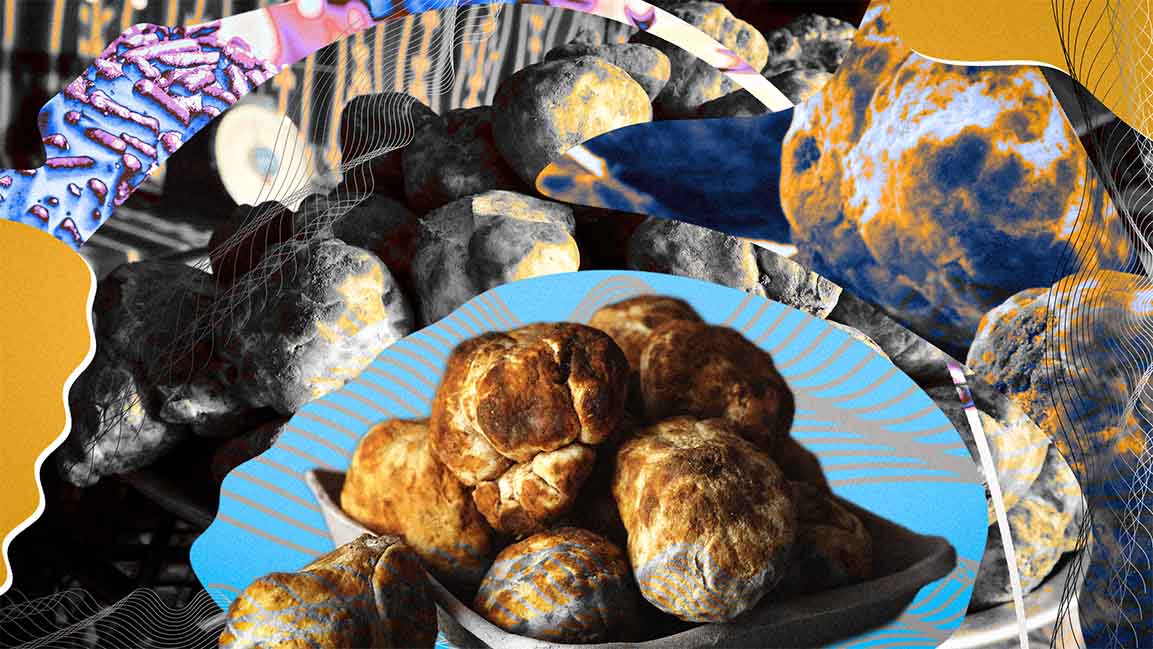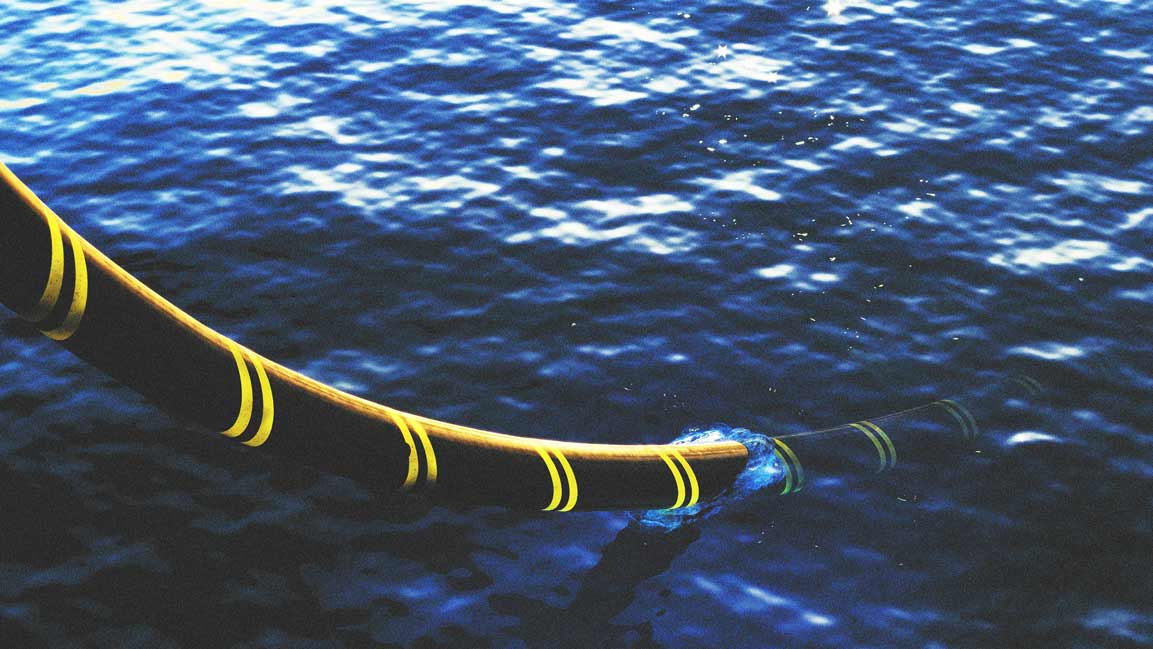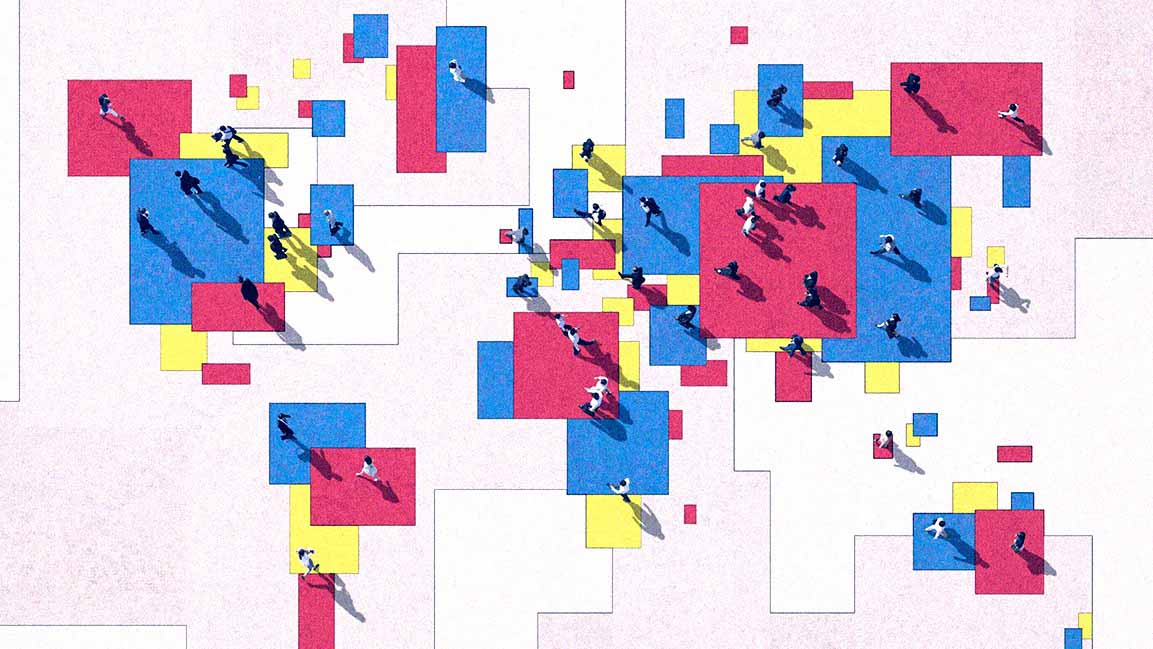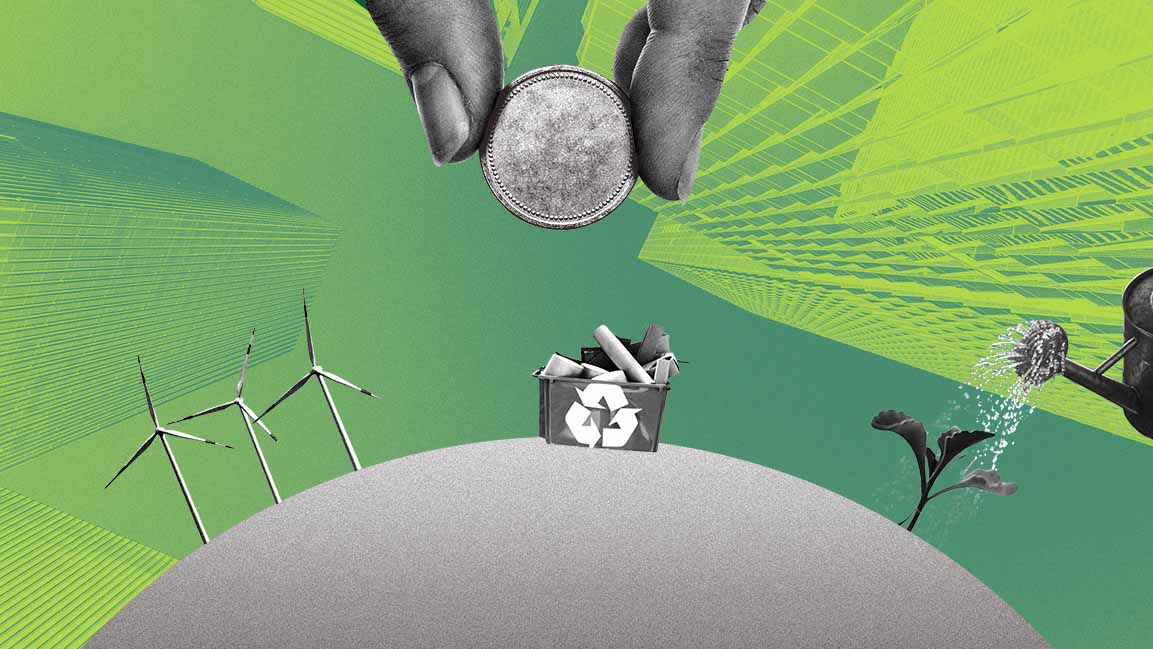- | 9:00 am
Can the Gulf’s fagga compete with Europe’s luxury delicacy, truffle?
Experts say the supply chain is highly weather-dependent, irregular, and difficult to scale.

In the Gulf’s dining scene, European truffles are everywhere – shaved over your wagyu steak, in truffle aioli with fries, in truffle oil drizzled on gourmet pizzas, and in truffle paste folded into rich, creamy pasta.
Once reserved for fine dining, the prized fungus has become a symbol of luxury, status, and culinary flair across the region’s high-end restaurants and even trendy cafés. And this appetite for truffles is only growing.
Massimo Vidoni, founder and CEO of Italtouch, which sources truffles, caviar, and other specialty products from Europe, has witnessed this growing demand for truffles up close. Vidoni says the quantity he sold in the UAE rose 11% in 2024.
In Saudi Arabia, his business saw a staggering 1,288% growth in 2024 compared to the previous year.
INDIGENOUS TRUFFLE REMAINS UNKNOWN
Despite the growing popularity of European truffles in the Gulf, the region’s indigenous desert truffle remains relatively unknown. Known as faggā or terfez in Arabic, the desert truffle has a firm, knobby texture, a deep, earthy aroma, and a rich, slightly nutty flavor that sets it apart from its European counterparts. The fagga has long been part of Bedouin food traditions but has yet to gain wider culinary recognition.
That is starting to change.
A handful of entrepreneurs, chefs, and foragers are working to raise awareness of the Gulf’s native delicacy. Among them is Ahmad Zaki Kamel, founder of Azka Foods and Slow Food’s representative in Saudi Arabia. Over the past few years, Kamel has been working with foragers, government bodies, and chefs to highlight the desert truffle’s cultural and ecological value.
Kamel has successfully registered three varieties of desert truffles on a global catalog of endangered traditional foods managed by Slow Foods.
“There are three types of desert truffles that we have documented in Saudi: Khalaasi, Zubaidi, and Kamaa,” he says.“The Zubaidi is typically larger, found deeper underground, and comes out later in the season.
Unlike their European counterparts, which are foraged with dogs in moist autumn climates, desert truffles are found by eye in the arid wild. Foragers rely on visual cues and the presence of certain plants to locate the truffles, which grow without human intervention across five primary regions: Tabuk, Hail, Al-Jawf, the Northern Borders, and parts of Medina.
The harvest season usually begins in January and runs for about three months, depending on rainfall and sun exposure.“Rain typically begins in December, and the season starts shortly after that,” Kamel says.
Currently, Azka Foods works with a network of over 40 foragers, primarily from Al-Jawf and the Northern Borders, to bring fagga to customers. An average box costs approximately $80.
While the desert truffle isn’t as expensive as its European cousins, prices can vary widely, especially for the Zubaidi variety. Costs fluctuate based on supply, sourcing, and seasonal conditions.
CHALLENGES IN THE FORAGING, SELLING, AND MARKETING
When asked why he doesn’t sell fagga as part of his offerings in the UAE, Vidoni says, “Because of their seasonality, it’s difficult to have them on the menu consistently.”
“They also don’t preserve well,” Vidoni says. “Frozen and consumed later, they lose flavor and texture.” Also, unlike European truffles, desert truffles have yet to enter value-added markets such as truffle oil or paste.
Beyond seasonality, other factors also contribute to fagga’s limited visibility. Awareness and education outside of regions where it grows naturally remain low.
“Some inexperienced foragers go out too early and harvest the truffles before they fully mature,” says Kamel. “This not only affects the flavor and aroma, but it also harms future growth by disrupting reproduction.”
The other challenge is that consumers may be unaware of how to cook with it.
“Fagga is known as the ‘food of the royals’ as during the season, you will find it on the dining tables of many members of the royal family,” Kamel explains. “It’s appreciated for its cultural and nutritional value within certain circles. But many people outside these circles don’t know how to cook it properly.”
Desert truffles are typically covered in sand, requiring thorough cleaning and boiling. Not prepared carefully, they can result in a gritty, unpleasant bite. Traditionally consumed as a meat substitute in scarce and arid climates, chefs now use fagga in modern dishes like risotto and savory pie.
SHIFTING THE NARRATIVE
Kamel says efforts are underway to develop better preservation techniques, create value-added products to extend fagga’s availability beyond the short harvest season, and improve chef awareness and education.
They recently hosted a workshop with chefs from all 13 regions to try to expand on the use of wild forage plants all over Saudi Arabia, including the desert truffle.
Culinary collaborations are another powerful way to showcase local produce to wider audiences. Saudi chef Nawal AlKhalawi, for example, collaborated with ROKA Mayfair, London, to co-create an exclusive menu that blended Saudi ingredients with Japanese culinary traditions. One standout dish featured a crispy-skinned roasted potato topped with fagga shavings, lending it a delicate, nutty flavor.
“I wanted to showcase our produce, which is hardly known outside the region,” she says. “And to do that, I used it creatively, not just in the traditional stew, but with different, unexpected flavors.”
Government-supported initiatives are also in place to promote awareness and support for the desert truffle. The annual Qassim Truffle Festival draws large crowds. A new pilot initiative is also underway to export fagga to European markets.
“We’re still in the early stages of building awareness, but there’s clear progress,” says Kamel. “People are open to learning and exploring more about our local desert truffle. There’s a real opportunity to increase appreciation and move toward everything we envision for this native ingredient.”
Perhaps not as a rival to European truffles, but as a distinct ingredient with its identity, value, and future.







































